Week 174_Gaia
Gaia
featuring Lito Kattou
curated by Jiří Havlíček
Polansky Gallery
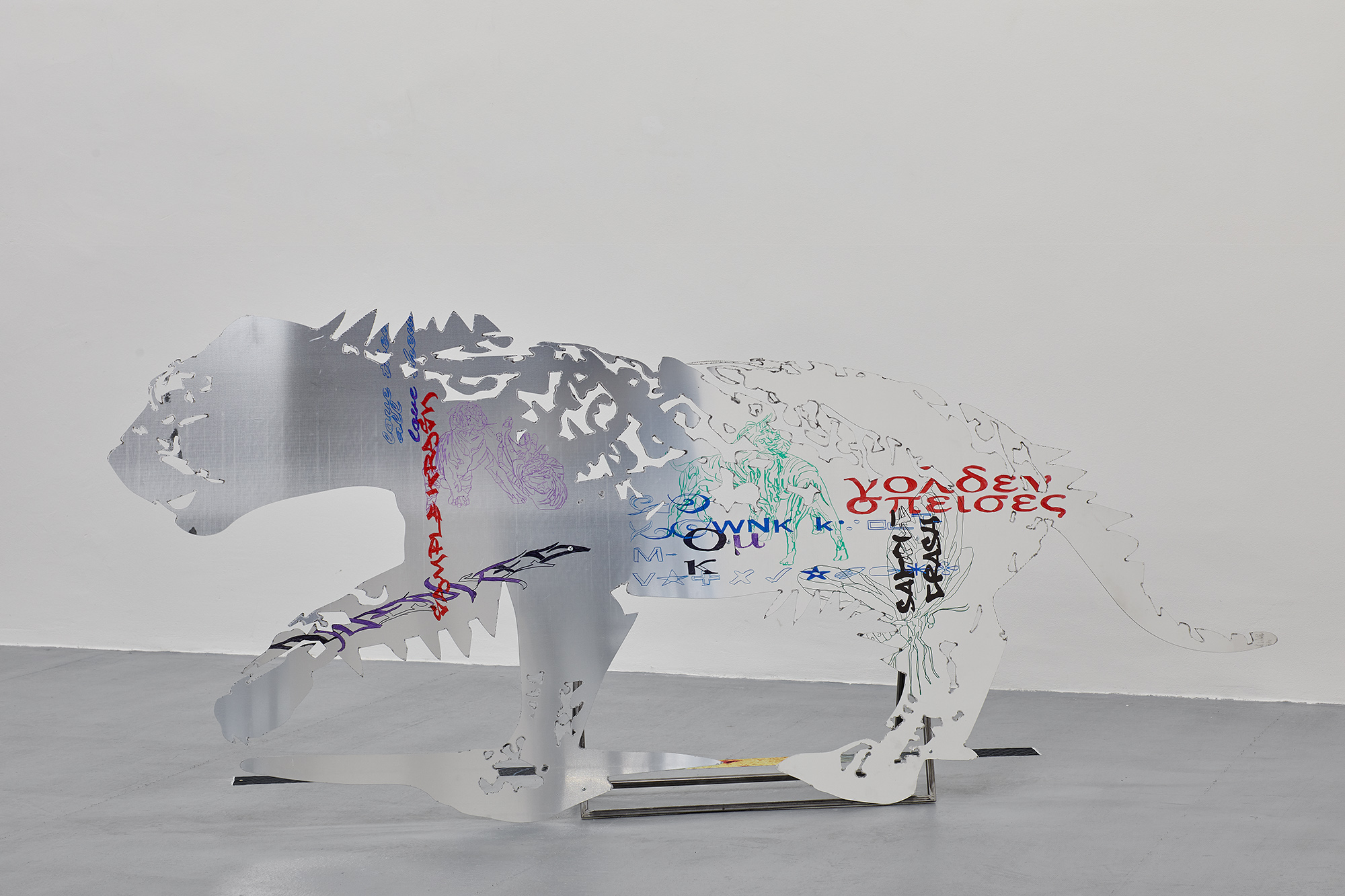

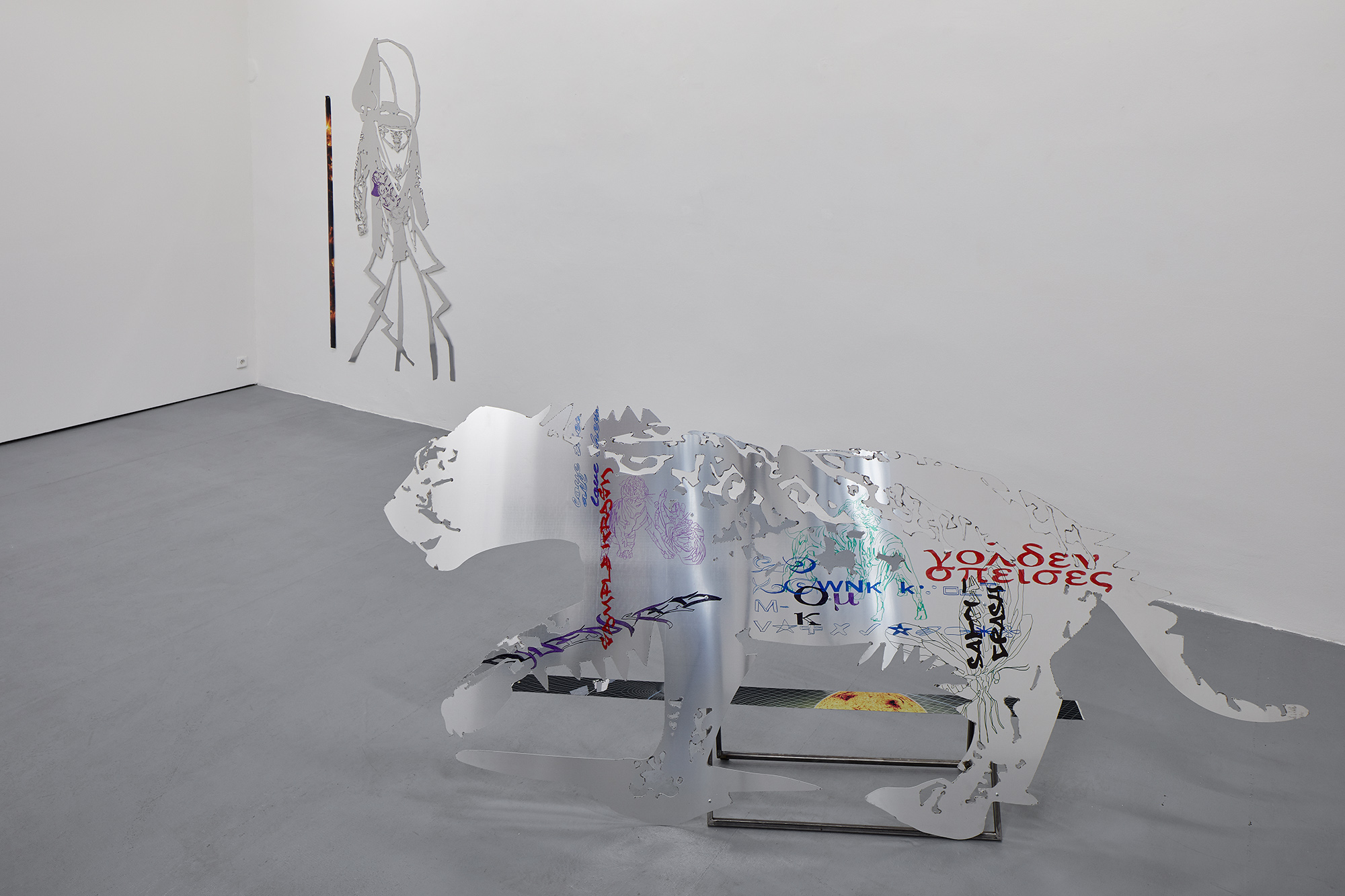

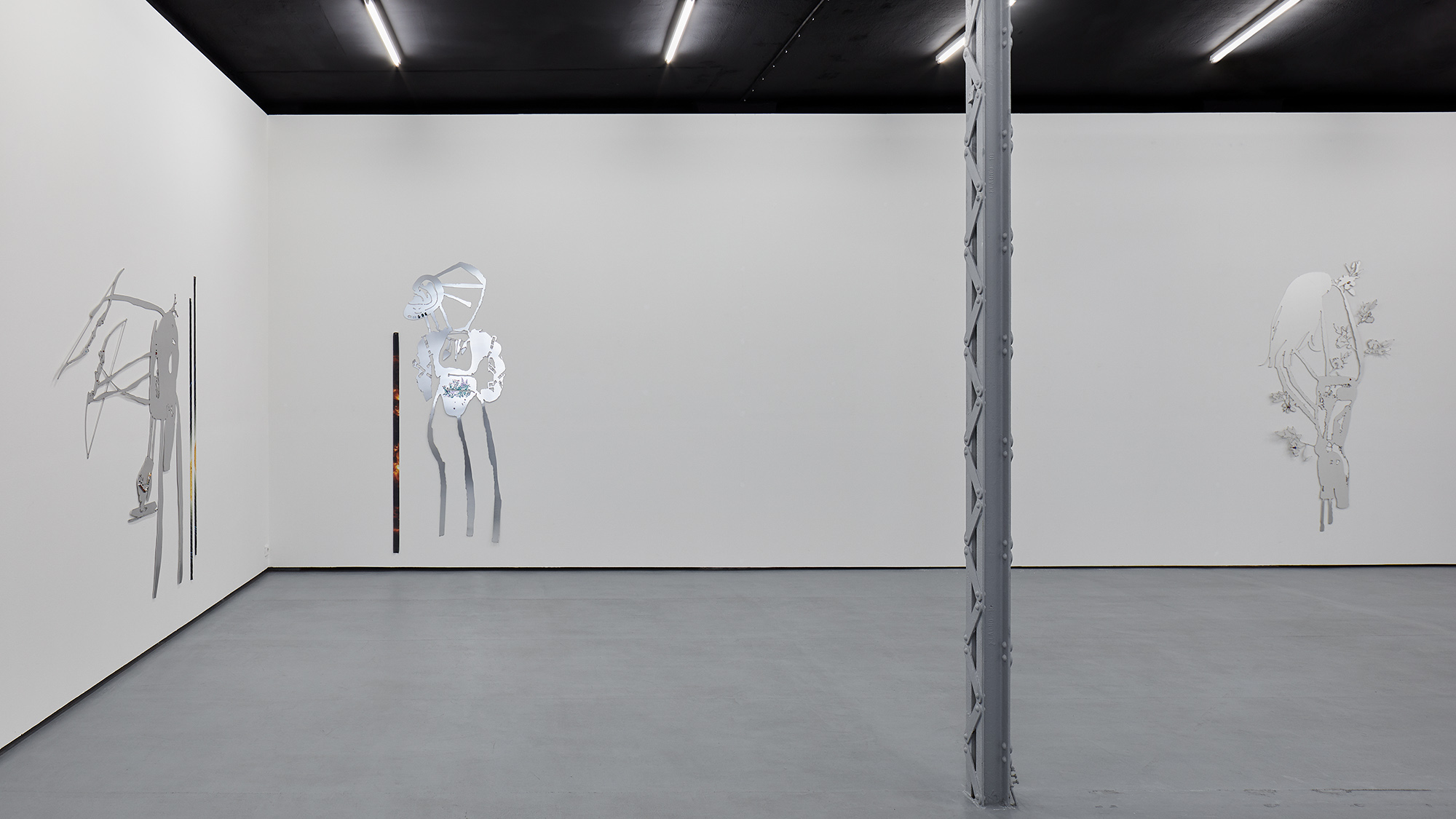
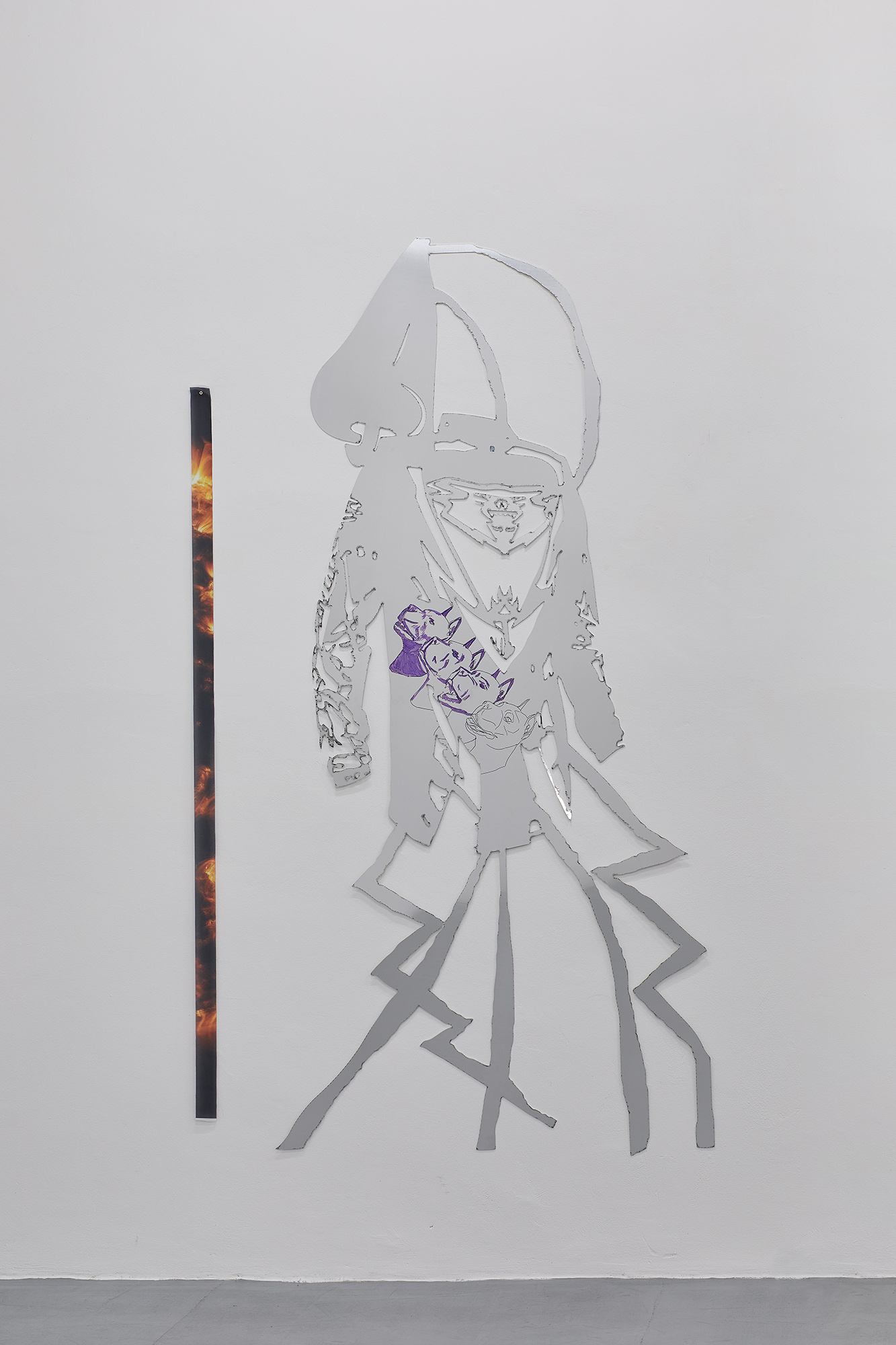
And so the earth, deserted and unsightly until then, was changed and turned into unfamiliar forms of people.
Ovid, Metamorphoses
Lito Kattou creates shadows which mirror reality. Silhouettes of unknown beings hang lonely on the walls. Figures made up of the parts of human bodies resemble mythical creatures. A cautiously stepping leopard is dangerously close, its spots turning into scraps of sentences. I first heard the word Gaia in the mid-1990s in connection with the New Age movement. The reverberations of the spiritual wave of the period then found its second life in post-communist Czechoslovakia. This worldwide movement was an attempt at a synthesis of almost all religions and some modern scientific approaches. Popular theories included a hypothesis of the English scientist and inventor James Lovelock named after the ancient goddess Gaia. It viewed the planet Earth as a superorganism with a system of self-regulation in which the major part was not played by human beings. Lovelock originally worked for NASA but in the early 1960s he returned to England and settled in the country where he set up a private laboratory. His neighbour was the writer William Golding, the author of the famous novel The Lord of the Flies. Once when they were strolling in the countryside, Lovelock presented to Golding his new discovery. He described the Earth as an enormous biosphere able to regulate itself. Golding found this theory very interesting, and suggested that his friend chose a proper name for it. Lovelock asked what he would recommend, and Golding came up with the name Gaia. As the weather was very windy, Lovelock misunderstood and heard Gyre instead. He liked the phrase and went on explaining the details about his vision. After about twenty minutes Golding interrupted him and pointed out the misunderstanding.
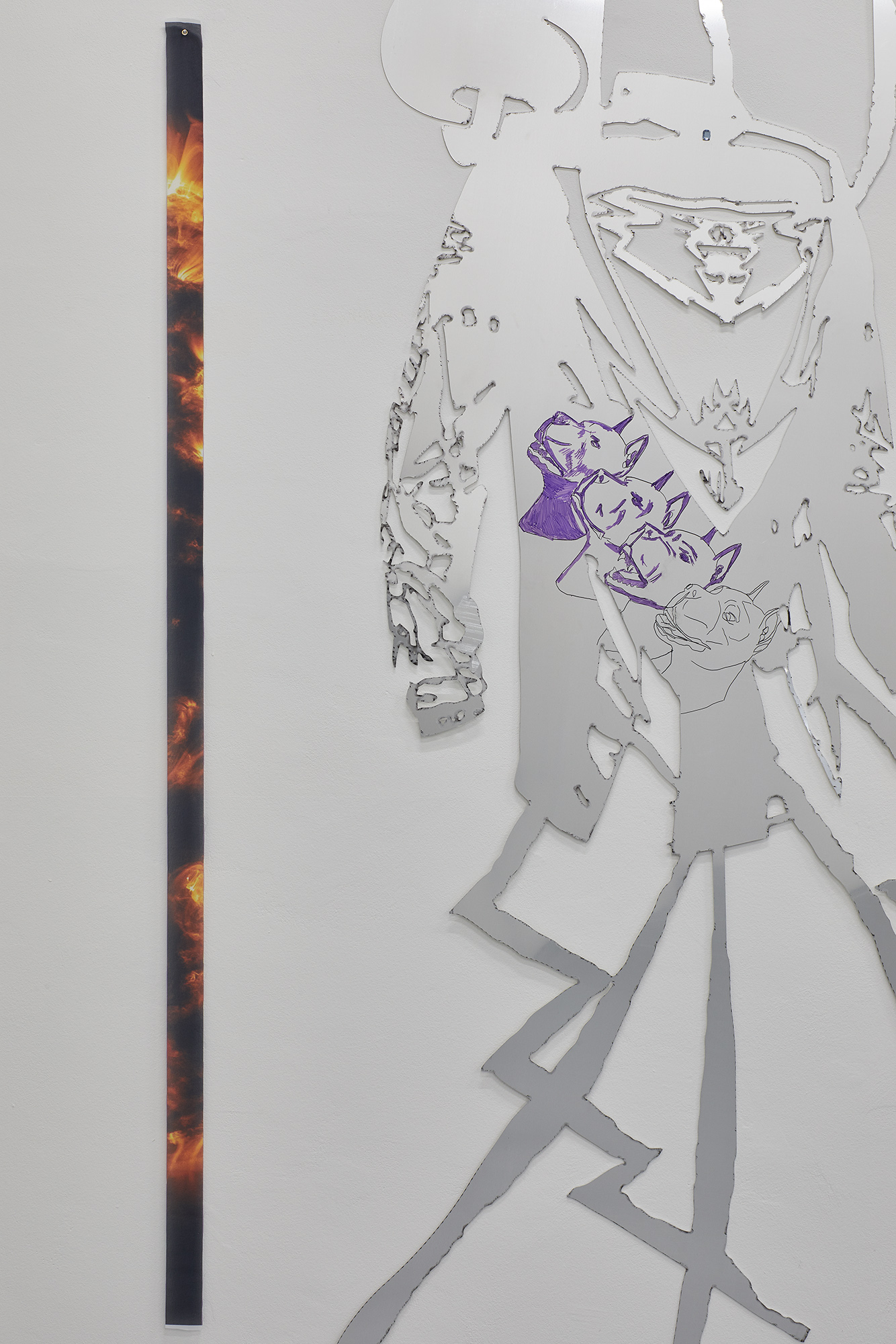

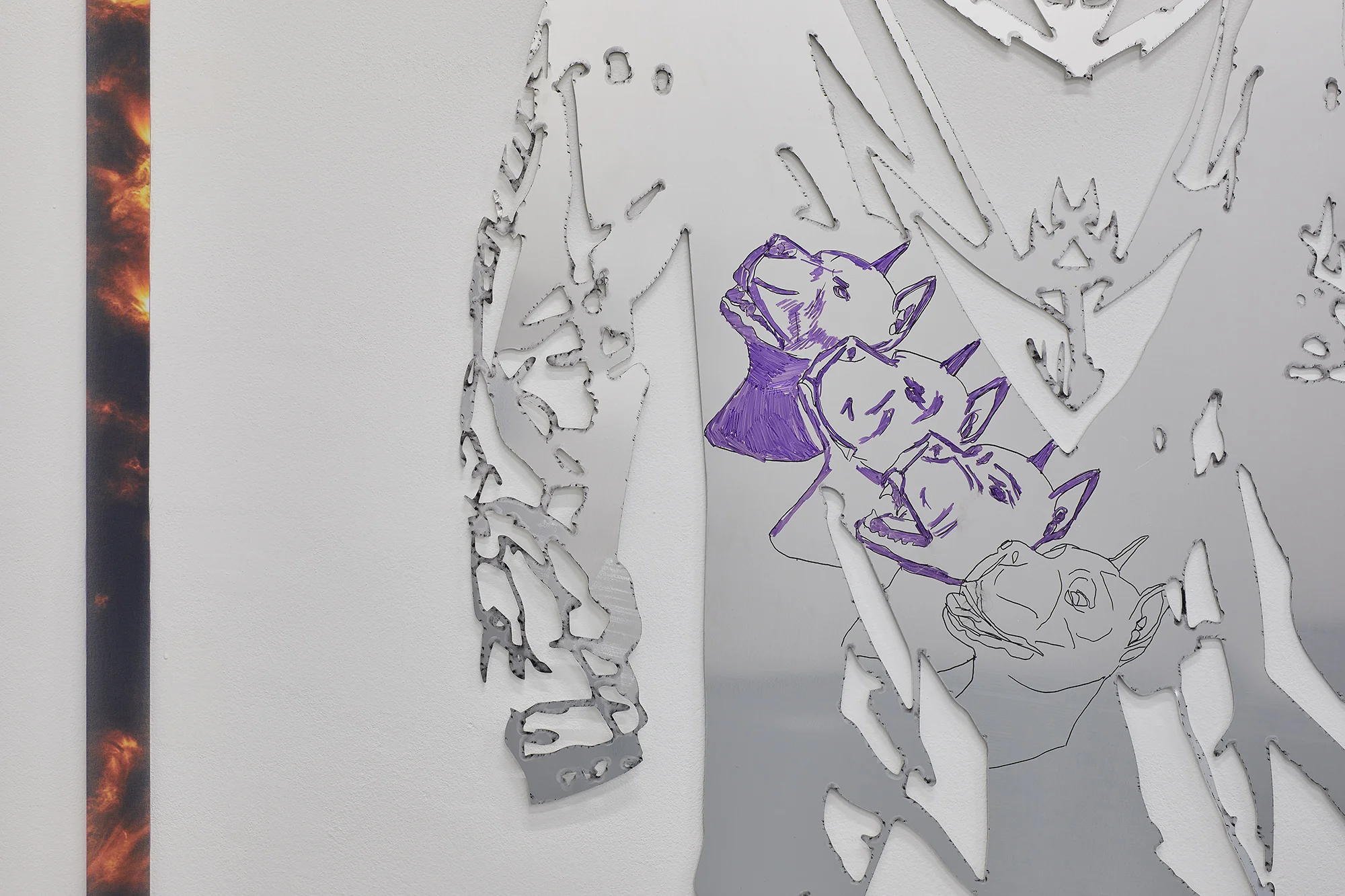
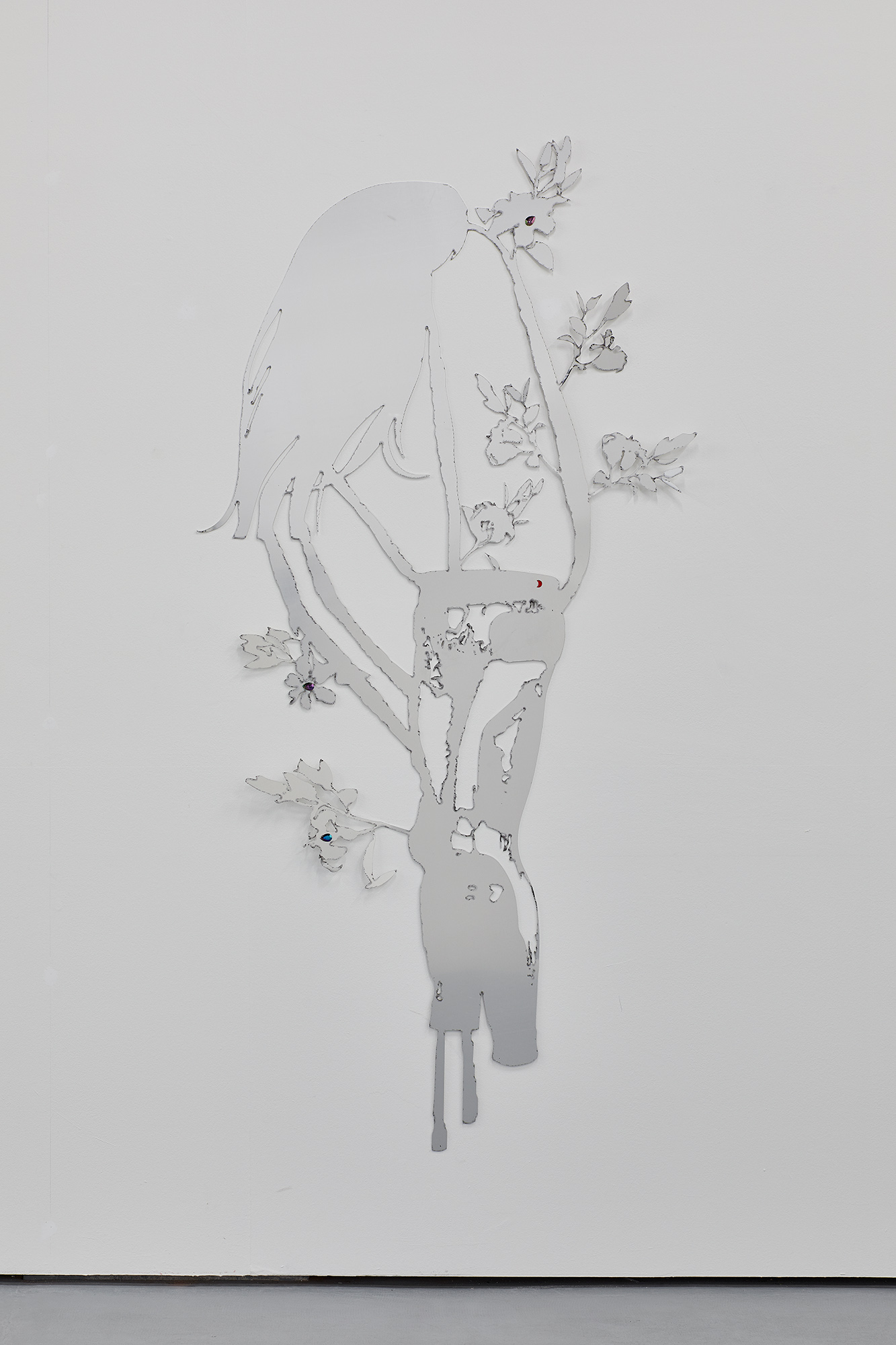
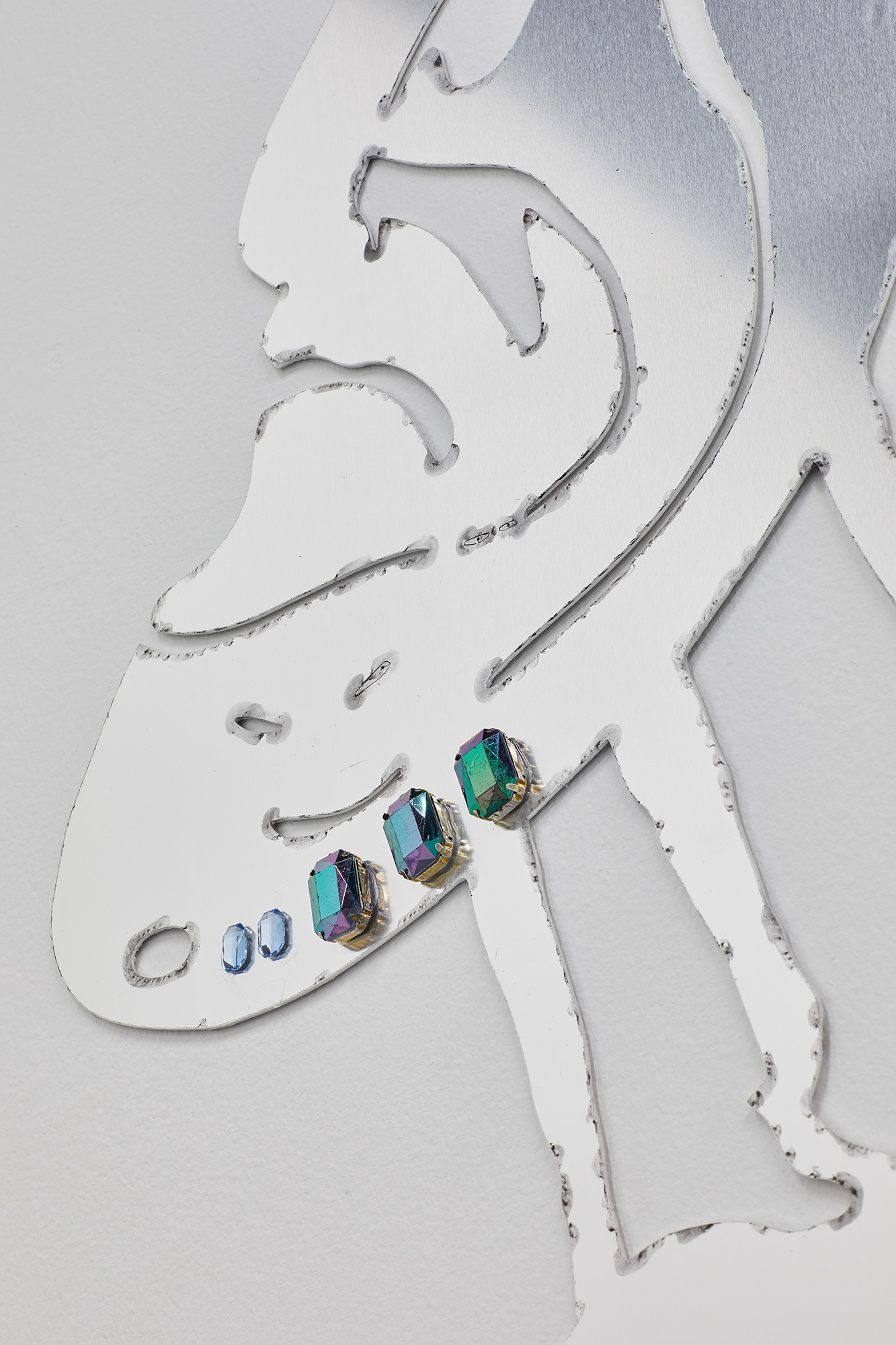

According to Ovid, in the beginning the earth was separated from the sky and sank below due to its weight, which is why the goddess Gaia is often represented as a woman lying on the ground. If we imagine a landscape like a body, we will see, apart from perfect proportions, also imperfections, flaws and deformities. The body is not always healthy and fully functioning. Living creatures do not always look the way we know them. At the end of last year two human embryos were genetically modified in a Chinese laboratory. The latest reports say that along with a higher resistance to the HIV virus, their intelligence was artificially increased as well, as a kind of by-product. The two girls born from the embryos were named Lulu and Nana. The ancients believed that man was made by mixing earth and rainwater. The earth changed into unfamiliar forms of people, writes Ovid at the end of The Creation of the World, the first chapter of his Metamorphoses. But then came the flood and every living creature died. Only two people survived, a woman and a man. With the help of an oracle they managed to re-create human beings. They gathered stones and threw them behind their backs as the bones of the noble mother. The stones lost their hardness and became people. Soft parts turned into muscles, the hard bits into bones. Veins remained veins.

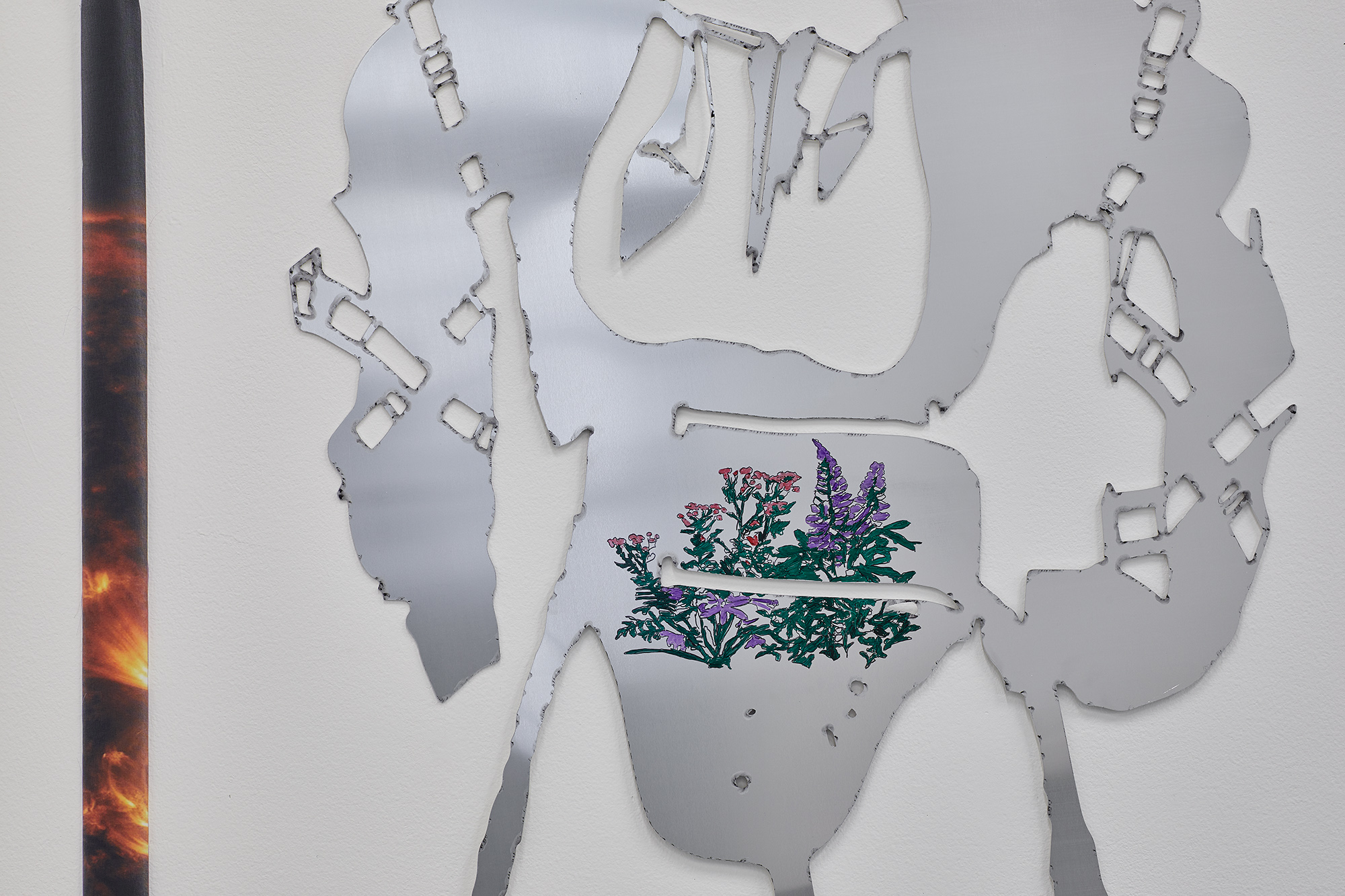
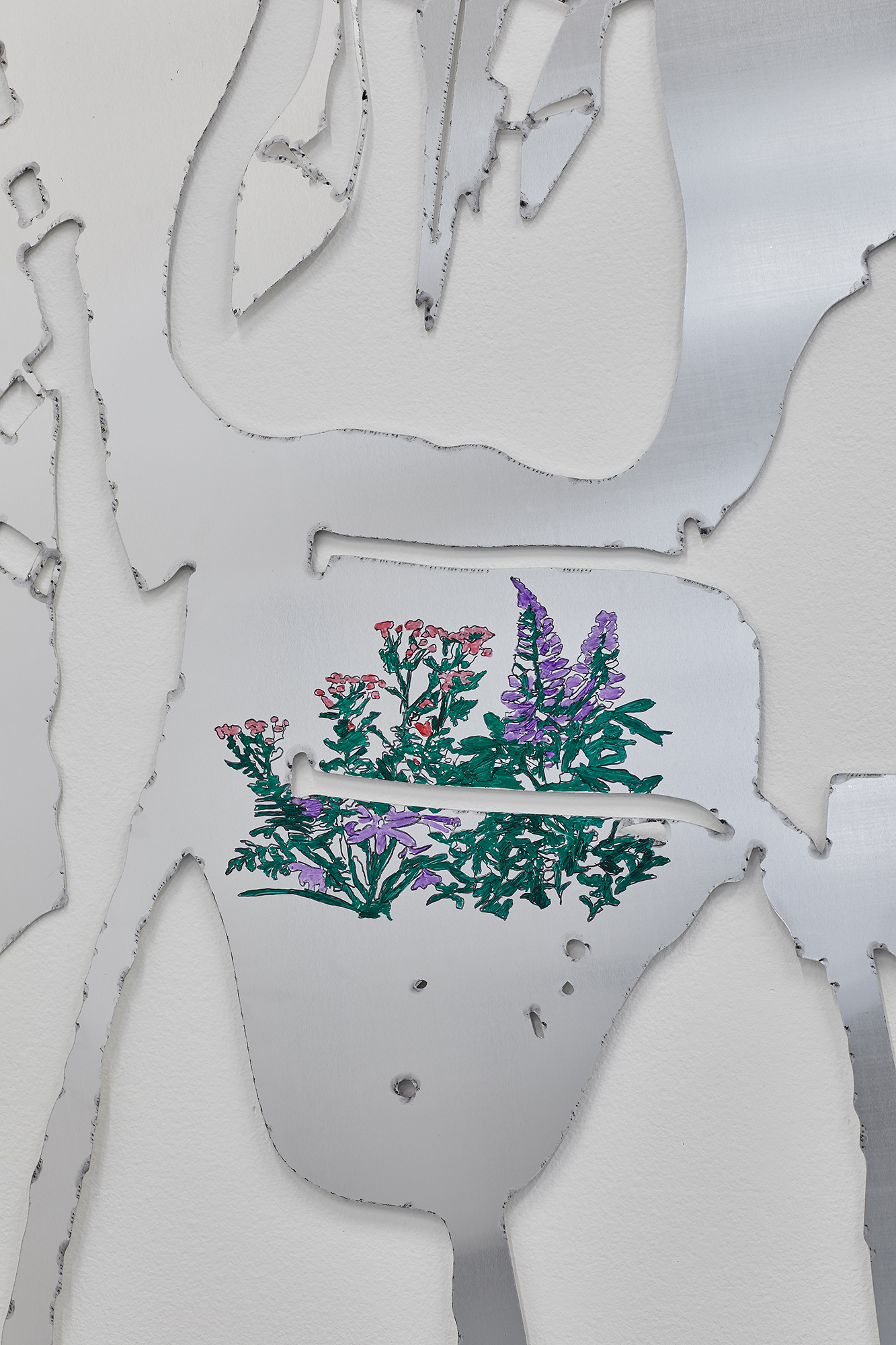

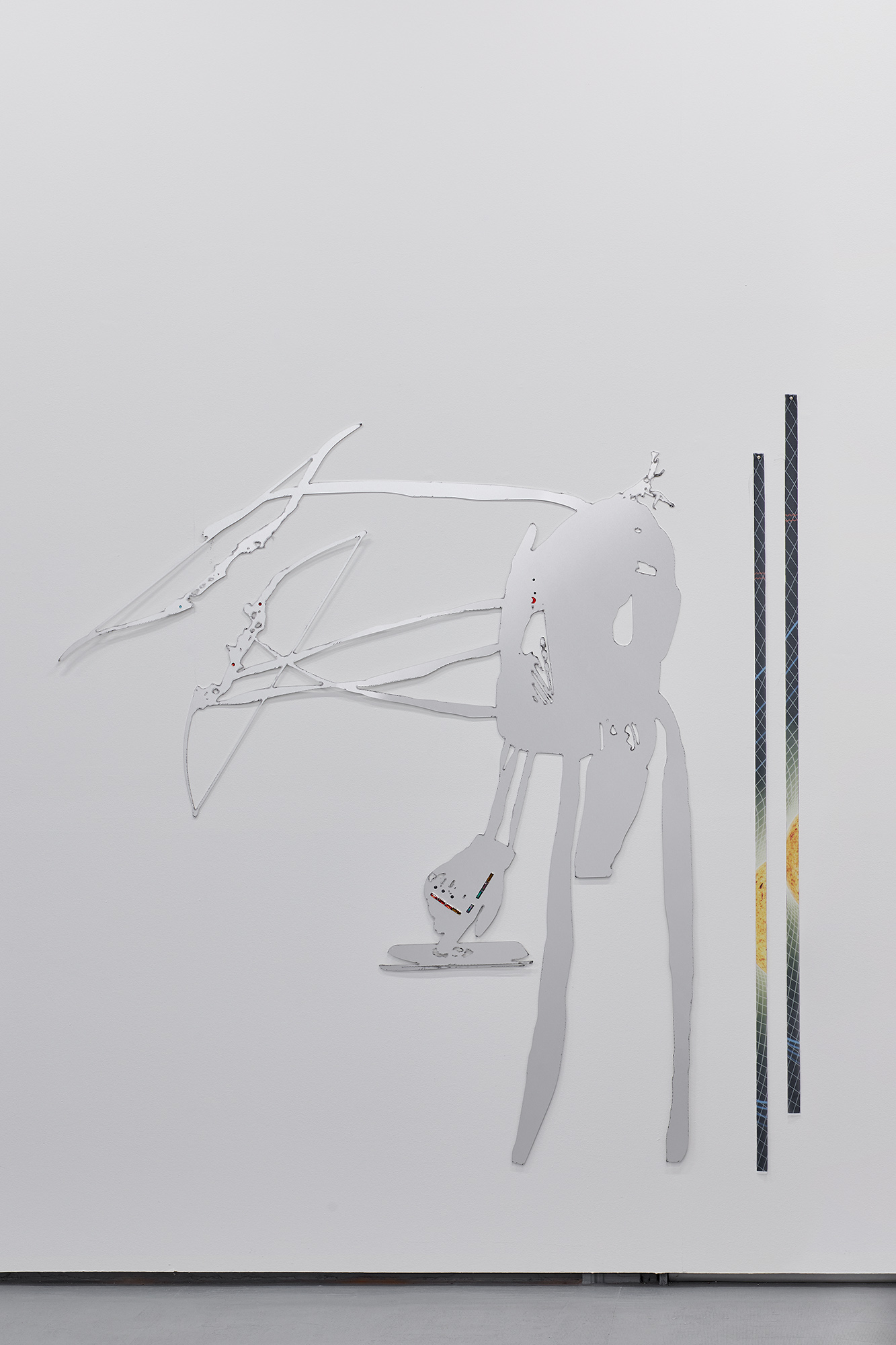

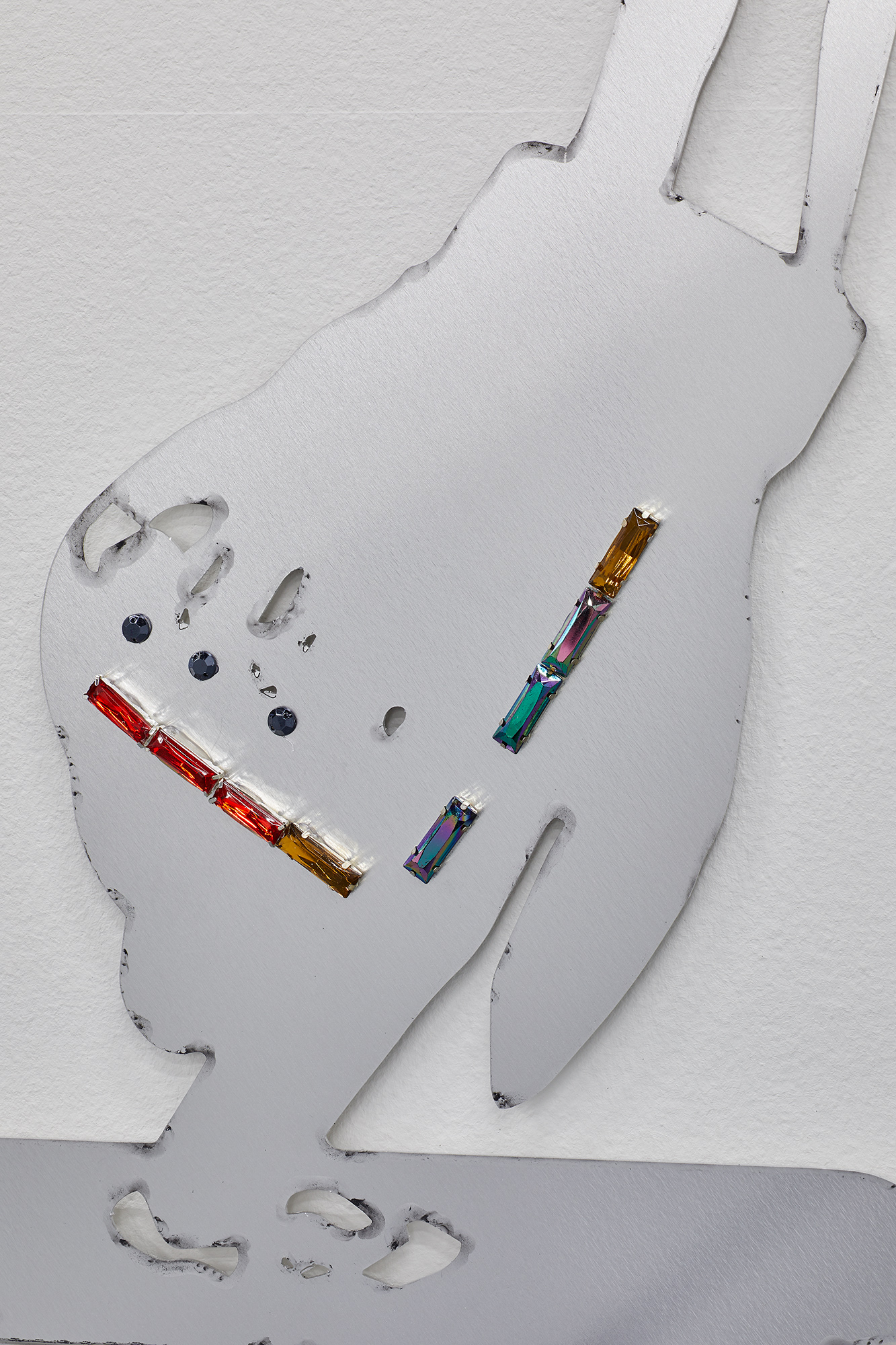
Lito Kattou, born in Nicosia, Cyprus 1990, lives and works in Athens. She is a graduate of the Royal College of Art in London with an MA in Sculpture and the Athens School of Fine Arts. Kattou is the recipient of the New Positions Award for Art Cologne 2018 and she was the invited artist for the 89plus Google Residency curated by Hans Ulrich Obrist and Simon Castets at the Google Cultural Institute in Paris, 2017. She has presented her work in solo shows at the Benaki Museum, Athens; ROOM E1027, Berlin; Point Centre for Contemporary Art, Nicosia; Eleni Koroneou Gallery, Athens; Clearview.ltd, London; Pierre Poumet, Bordeaux; Radical Reading, Athens and in various group shows at art spaces, galleries and museums including Nottingham Contemporary, Nottingham; Kraupa-Tuskany Zeidler, Berlin; Changing Room, London; Foothold, Bari; Komplot, Brussels; Midway Contemporary, Minneapolis; Benaki Museum and Deste Foundation, Athens. Her works are included in prominent international and private collections as the Dakis Joannou Collection, the collection of the National Bank of Greece, the collection of Deutsche Telekom.